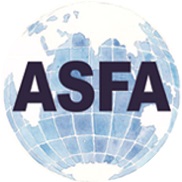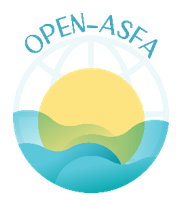Modeling laboratory culture of Gracilaria verrucosa (Hudson) Papenfuss according to nutrients concentrations and salinities levels.
DOI:
https://doi.org/10.71754/instm.bulletin.v38.568Keywords:
Growth rate, Temperature effects, Algal culture, Laboratory culture, Nitrates, Environmental impact, Brackishwater aquaculture, Phosphates, Salinity effects, Marine aquaculture, Nutrients (mineral), Coastal lagoons, Experimental research, Mortality causes, Abiotic factors, Ammonium compounds, Gracilaria verrucosa, Gracilaria, Rhodophyta, Brackish, Tunisia, Bizerte LagoonAbstract
The exploitation of macroalgae of the genus Gracilaria for agar extraction has increased significantly in recent decades. In Tunisia Gracilaria verrucosa (Hudson) Papenfuss 1950 (Rhodophyta), is a candidate species for mariculture in Bizerte lagoon (North Tunisia) where grows only in late spring and early winter. Thus, the aim of this study was to gather basic information about the growth rates of G. verrucosa in this region. The effects of salinity, nitrogen and phosphorus sources and concentrations on growth rates of G. verrucosa were investigated using response surface methodology at a laboratory scale. In order to discover the interactions between the variables and the optimum levels of these variables, a Central Composite Design (CCD) was employed. Temperature was maintained at 20°C. Analysis of variance exhibited a high coefficient of determination (R2) value of 0.80 and ensured that the quadratic model with the experimental data was a satisfactory choice. Mortality of the G. verrucosa thalli occurred when salinity dropped below 25 ‰. The CCD results showed increased growth rate when the ammonium and nitrate concentrations increased from 0.01mg/l to 2.5mg/l and 2mg/l respectively, but when concentrations exceeded these values, the growth rate dropped significantly while no change occurred with increasing phosphate concentration. These results demonstrate the limited potential of G. verrucosa for mariculture in this area












